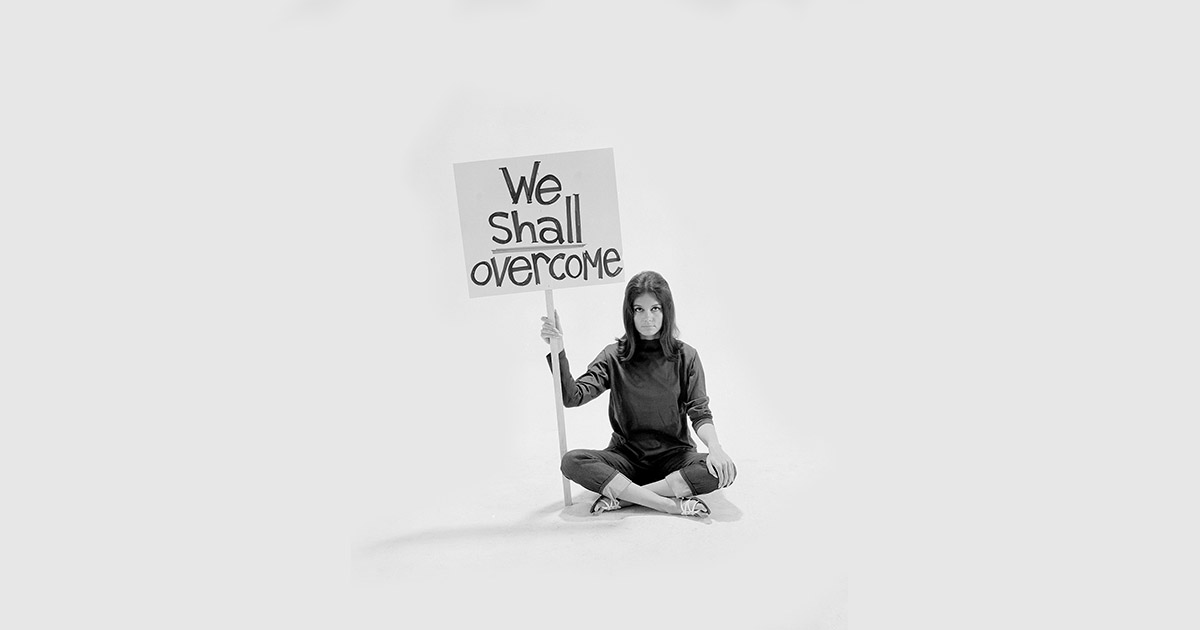What is International Women’s Day, really?

March 8th is celebrated annually around the world as International Women’s Day. As you can probably already guess, this is a day that's meant to celebrate and bring attention to the accomplishments of women in the past, present, and future – but what does it really mean? It might not be exactly what you’re expecting.
It's actually a first-wave feminist movement
First of all, while you might think that International Women’s Day is a product of the second wave feminist movement of the 1960s and ‘70s, it actually dates back to the first wave of feminism.
The 1909 New York Shirtwaist Strike was dominated by women, organized by women, and meant to improve the overall health and safety of female workers in the dangerous textile industry. Organized primarily by Jewish women, the Strike was led by Clara Lemlich and the International Ladies' Garment Workers' Union. On on February 28th, 1909 15,000 women marched in order to remember a strike held one year earlier, on March 8, 1908.
While the ILDWU eventually settled with the shirtwaist factories in 1910 in order to earn higher wages and better working conditions, the true necessity of their actions would go down in history 1 year later. The Triangle Shirtwaist Fire occurred on March 25, 1911 – 146 garment workers (123 women and 23 men) died in a fire directly caused by dangerous working conditions. Doors were padlocked to prevent workers from taking breaks, and as a result, they perished from smoke inhalation, burns, or jumping to their deaths to escape the flames.
Women were at the forefront of labour rights and the trade union movement in the United States, and have continuously fought for better conditions around the world.

After this initial protest on March 8th, 1908 the Socialist International decided to ally themselves with the plight of female workers. In a 1910 Copenhagen meeting, they decided that a Women’s Day should be celebrated across the globe. Within 1 year, marches and rallies occurred on March 19th, 1911 in Switzerland, Germany, Denmark and Austria. While labour rights were at the forefront of the movement’s concerns, they also called for suffrage, and end to harassment at work and other facets of women’s rights.
"Bread and peace"
While World War I saw a decline in the labour rights movement in the West, in Russia people were still rallying for change. They had seen death, damage and destruction in the Great War, and also their own Bolshevik Revolution. The Bolsheviks positioned women as the greatest workers of all, not only needed in factories but also in the home. Women, fed up with the suffering of the War, went on strike for ‘bread and peace’ on the last Sunday in February (the 8th of March on the Gregorian calendar).
Within the next few years, all of the countries that would become a part of the Soviet Union would adopt the custom. However, it wasn’t until 1975 that the West officially followed suit. The United Nations honoured the International Year of the Woman by officially adopting International Women's Day on March 8. Twenty years later, at the Fourth World Conference of Women in Beijing, China, 189 nations signed on to agreements to address and work towards 12 different aspects of women’s rights, including access to education, equal pay, and freedom from violence and harassment.
International Women's Day today
International Women's Day is a kickass celebration whereby we remember what women all over the world have done in pursuit of equal rights.

Today, more than 100 countries celebrate International Women’s Day, and it is an official holiday in 25 of those. Countries as diverse as Russia, Nepal, Azerbaijan and Madagascar will all be honouring women on Thursday, and the day is becoming more and more important in the US and Canada each year. While the day’s association with socialism and trade unions made it a bit taboo throughout the 20th century, it is now embraced by those across the political spectrum.
Events are planned across Canada – check out the official government website (or just head to Facebook) to find out about celebrations, marches, rallies, and events being held near you.